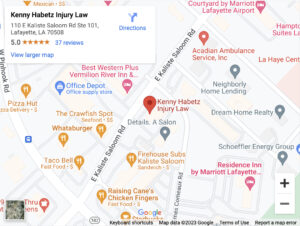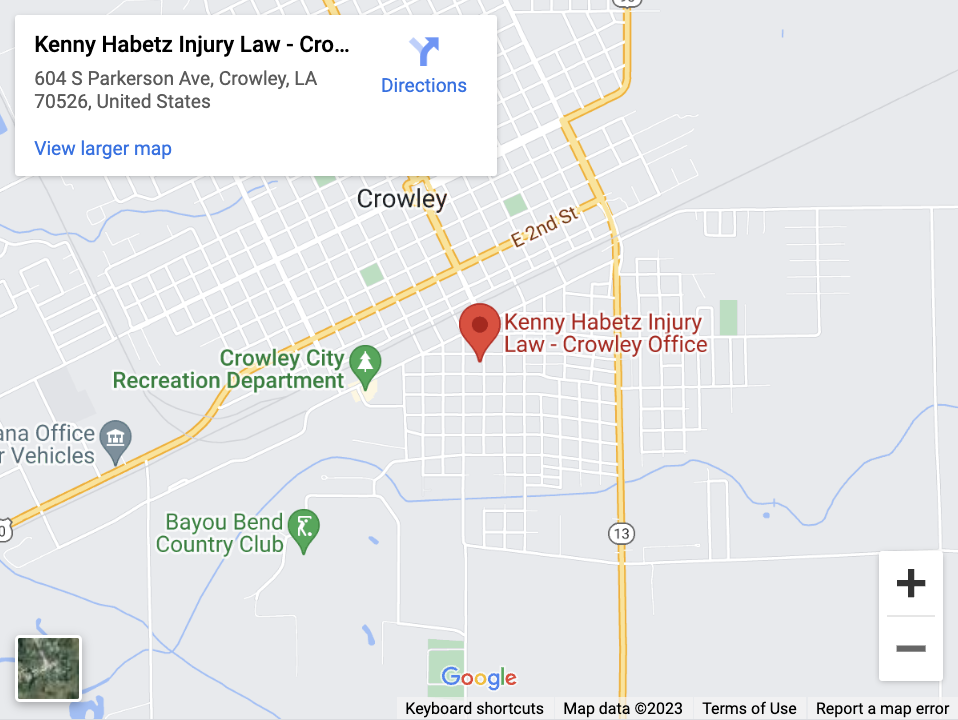
If someone’s carelessness or wrongdoing leaves you injured, you may be able to file a personal injury claim against them for compensation. However, in order to succeed with your claim, you’ll need to prove that the at-fault party is liable for your injuries. The way that you prove your claim is by providing evidence.
The types of evidence you may present will depend on the type of case in question as well as the facts and circumstances particular to the situation. Most personal cases are based on a legal theory of negligence, which means something similar to “carelessness.” Other cases are based on a different theory, such as strict liability.
Continue reading to learn more about what evidence is in the context of a personal injury claim.
What Types of Evidence Are There in Personal Injury Cases?

According to Cornell Wex, evidence is defined as information establishing a fact. Evidence can include witness testimony, documents, photographs, videos, voice recordings, and much more.
Witness Testimony
Testimony of witnesses can be an essential type of evidence in a personal injury case.
Those who observed an incident can present their accounts of what they experienced. By giving their perspective, they can lend credibility to a claim.
For instance, those who were present during a car accident could testify to what happened. When third-party witnesses corroborate an individual’s version of events, it strengthens the case.
Expert Witness Testimony
In certain personal injury cases, expert witness testimony is necessary if not extremely helpful.
According to The Law Dictionary, an expert witness testifies about a professional or technical matter. The witness has special training, skill, or familiarity with the subject. Often, a party hires an expert to give an opinion on a subject matter that is crucial to a case.
For instance, in a medical malpractice case, expert testimony can be crucial. The injured person must show that the healthcare professional’s conduct was negligent. In other words, it fell below the medical standard of care, causing harm.
The expert may help prove that a medical professional was negligent. The expert witness can explain the standard of care and may testify about what a similarly situated professional would do in that kind of situation.
Expert testimony is a common part of medical malpractice cases. Yet it could be part of any personal injury case implicating specialized knowledge. Other examples of expert witnesses include accident reconstructionists and forensic economists.
Documents
Individuals can also submit documents in support of their claims. For example, medical records can provide evidence of a victim’s injuries and can link their cause to the at-fault party’s actions or inaction. Documentation regarding financial losses can also help with a victim’s economic damages claim, such as wage statements or tax records.
In the context of a car accident, the police will generally create an accident report. These reports are generally inadmissible evidence in court because they are considered hearsay. Nonetheless, they can be important during settlement negotiations.
Photo and Video Footage
Another type of evidence in a personal injury case is photo and video footage. If there is a video recording of the accident, the individual who was injured can use this to establish what happened.
For instance, in a slip-and-fall accident, camera footage could show an individual falling at an establishment where there is no caution sign. Since the footage shows that the floors were wet and the business did not provide a warning, the footage could help convince the court or jury that the individual was at fault.
The Pretrial Discovery Process
In a civil case, such as a personal injury case, discovery is the process by which both parties retrieve and exchange evidence from each other. Litigants may use the discovery process to obtain evidence from the other side that they otherwise would not have access to.
For instance, in a slip and fall case, the establishment where the accident occurred might possess video footage that shows the accident. Through discovery, the injured person could obtain this crucial piece of evidence.
The Personal Injury Attorney’s Role
Should you decide to hire a personal injury lawyer to help you with your case, your attorney will play a significant role in the evidence-gathering process.
Your attorney will help you compile evidence that could help your case, including hiring expert witnesses, reviewing police and medical reports, and finding out whether anyone witnessed the accident and could corroborate your claims.
The lawyer can also help determine which evidence is strongest. This assessment can help you to present a case that relies on admissible and persuasive evidence.
Contact a Trusted Lafayette Personal Injury Lawyer
If you were recently involved in a personal injury accident, evidence will play a critical role in the outcome of your case. If you hire an experienced Lafayette personal injury attorney, you’ll be able to focus on your recovery. In the meantime, your lawyer can provide you with comprehensive legal services – including gathering the necessary evidence in support of your claim.
Most personal injury attorneys in the area offer free initial consultations, so it won’t cost you anything to reach out for some initial legal advice.


